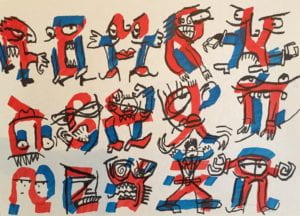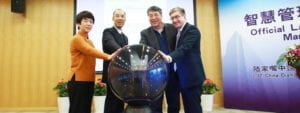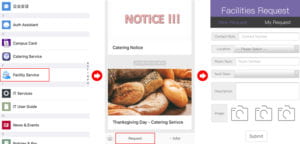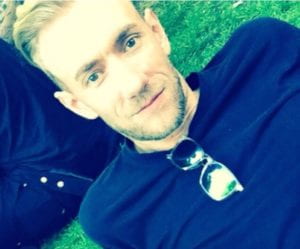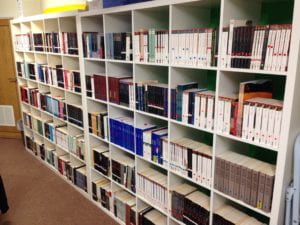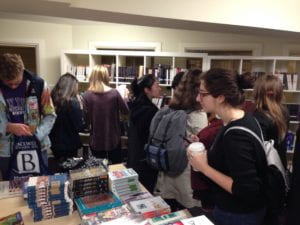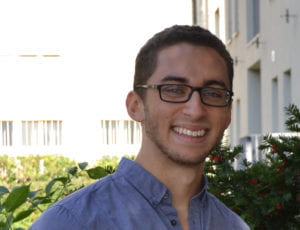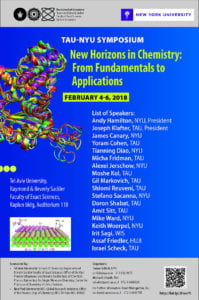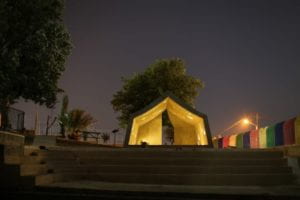 Opening on February 24th, NYU Abu Dhabi Art Gallery’s spring 2018 exhibition will be Permanent Temporariness, a mid-career retrospective of the renowned, award-winning artist duo Sandi Hilal and Alessandro Petti. The duo are co-directors of DAAR, an architectural studio and artistic residency program that combines conceptual speculations and architectural interventions, and founders of Campus in Camps, an experimental educational program in Palestinian refugee Camps. Their practice moves between art, architecture and pedagogy., often operating outside the typical art exhibition venue format. This is the first survey of their work in a museum/gallery context.
Opening on February 24th, NYU Abu Dhabi Art Gallery’s spring 2018 exhibition will be Permanent Temporariness, a mid-career retrospective of the renowned, award-winning artist duo Sandi Hilal and Alessandro Petti. The duo are co-directors of DAAR, an architectural studio and artistic residency program that combines conceptual speculations and architectural interventions, and founders of Campus in Camps, an experimental educational program in Palestinian refugee Camps. Their practice moves between art, architecture and pedagogy., often operating outside the typical art exhibition venue format. This is the first survey of their work in a museum/gallery context.
Petti and Hilal’s body of work explores how our experience is shaped by our understanding of “permanence” or “impermanence” in our environment. Their installations bridge architecture and art, examine the social, economic and political consequence of exile and displacement, and delve into public and private impermanent spaces. Visitors can look forward to large-scale installations and other works of different mediums displayed both inside the Art Gallery and outdoors around the NYU Abu Dhabi campus.
Petti and Hilal’s projects have been exhibited at multiple biennials, include Venice, Istanbul, São Paulo, and Marrakesh, and at several museums around the world including the Centre Pompidou and Serralves Museum of Contemporary Art. Their artistic practice has received multiple awards and grants, including the most recent Keith Haring Fellow in Art and Activism Award from the Center for Curatorial Studies and the Human Rights Project at Bard, the Loeb Fellowship Harvard University, the Prince Claus Prize for Architecture, Foundation for Art Initiatives grant, and shortlisted for the Visible Award, the Curry Stone Design Prize, the New School’s Vera List Center Prize for Art and Politics, the Anni and Heinrich Sussmann Artist Award, and the Chrnikov Prize.
Permanent Temporariness is guest-curated by NYUAD Associate Professor Salwa Mikdadi, who is among the foremost historians of modern art from the Arab world. It is co-curated by Bana Kattan, NYUAD Art Gallery Curator, who recently co-curated the popular Invisible Threads exhibition (NYUAD).
Two of the artworks to be featured are completely new, conceived for this show. “Living Room” is a performance piece which lays bare the uncertainties that arise when navigating the customs of another culture. “Refugee Heritage” is an installation of a series of lightbox-mounted photographs taken by an official UNESCO photographer at the world’s oldest refugee camp, Dheisheh camp in Bethlehem. “Refugee Heritage” explores the dichotomy of a place that was meant to be temporary, eventually demolished and forgotten, but instead has remained for decades and has become the only home that generations of some families have ever known.
Previously shown works include “The Concrete Tent”, which also deals with this paradox of permanent temporariness. Solidifying the shape of a mobile tent into a concrete house, the resultant structure is a hybrid representation of this temporariness and permanence, softness and hardness, movement and stillness.
Co-Curator Bana Kattan, Curator at the NYUAD Art Gallery said, “After years of ongoing research and preparation, we are thrilled to have Sandi Hilal and Alessandro Petti with us for their first ever large-scale, meditative retrospective. Permanent Temporariness connects our physical world (geographically and architecturally) to both historical and current events, as Petti and Hilal’s works embrace such topics as modern geopolitics and the plight of refugees. The Art Gallery strives to present shows that are both locally relevant and internationally significant, and this subject matter is particularly resonant now.”
Salwa Mikdadi, Co-Curator and NYUAD Associate Professor of Art History, commented, “In Permanent Temporariness, Hilal and Petti present conceptual speculations that examine the state of impermanence and ‘refugee-ness’ beyond victimhood and beyond charitable gestures, offering the audience new ways of engaging with this critical and timely topic. I am delighted to be working with them again having presented their artwork at the Venice Biennial almost a decade ago.”
There will also be a full public program of events and talks for all ages, taking place throughout the exhibition. More information will be available closer to the time of opening.
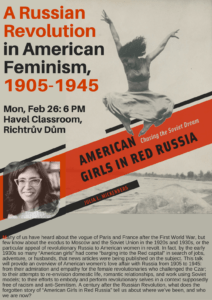 On 26 February, NYU Prague will host a talk by Julia Mickenberg on the Russian Revolution in American Feminism, 1905 – 1945.
On 26 February, NYU Prague will host a talk by Julia Mickenberg on the Russian Revolution in American Feminism, 1905 – 1945.